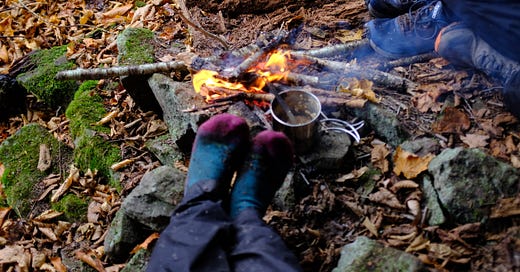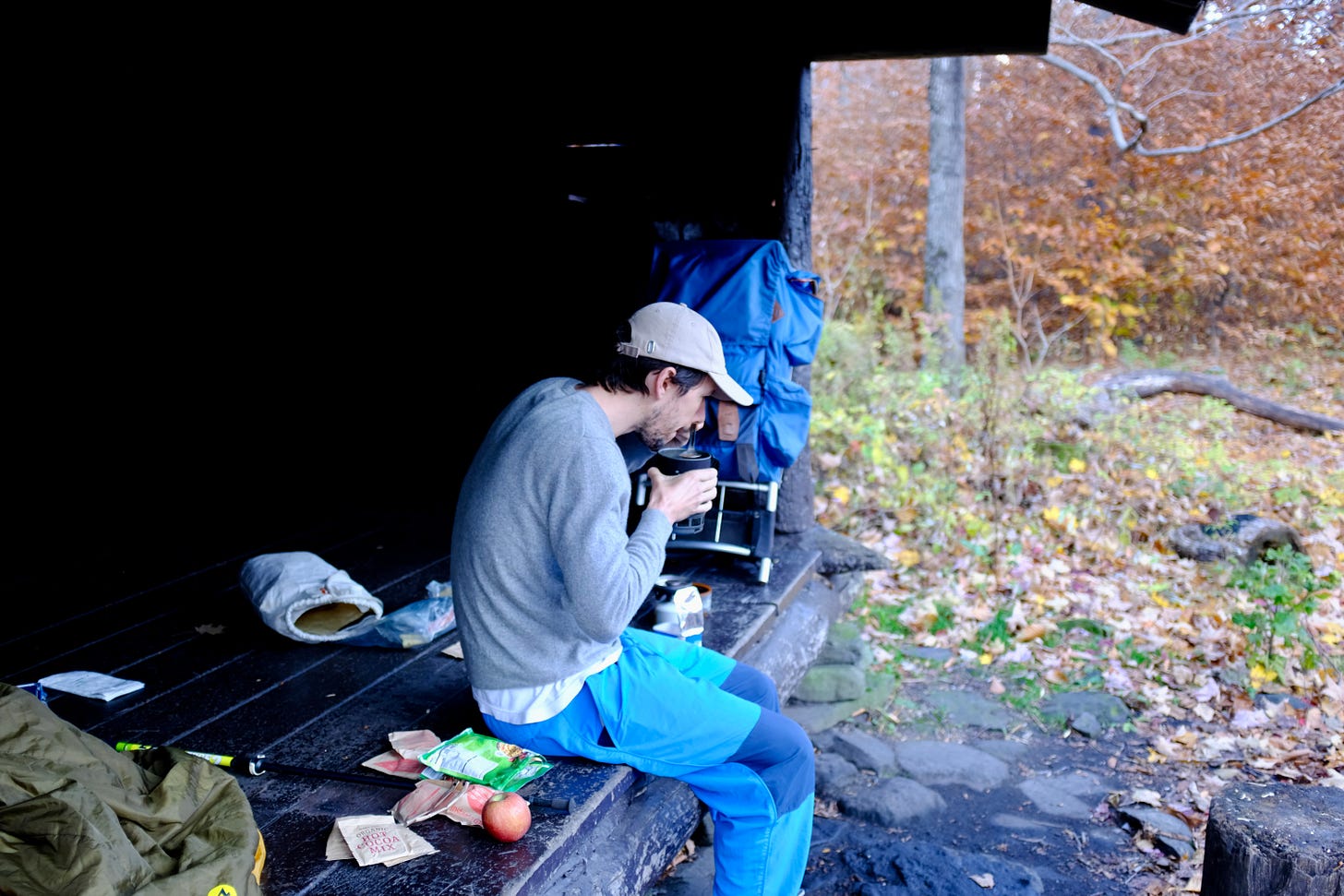I was terrified of going to the wrong camp and getting murdered by a backcountry nut
Long Path Sections 21 + 22: Mink Hollow to Palenville
This is the eleventh installment of a series on section hiking the Long Path, a long-distance trail that runs over 350 miles from the West 175th Street subway station in New York City to John Boyd Thacher State Park near Albany. The adventure begins here, and you can read the previous installment here.
Mink Hollow to Devil’s Kitchen
We allowed ourselves a…
Keep reading with a 7-day free trial
Subscribe to Pinch of Dirt to keep reading this post and get 7 days of free access to the full post archives.



